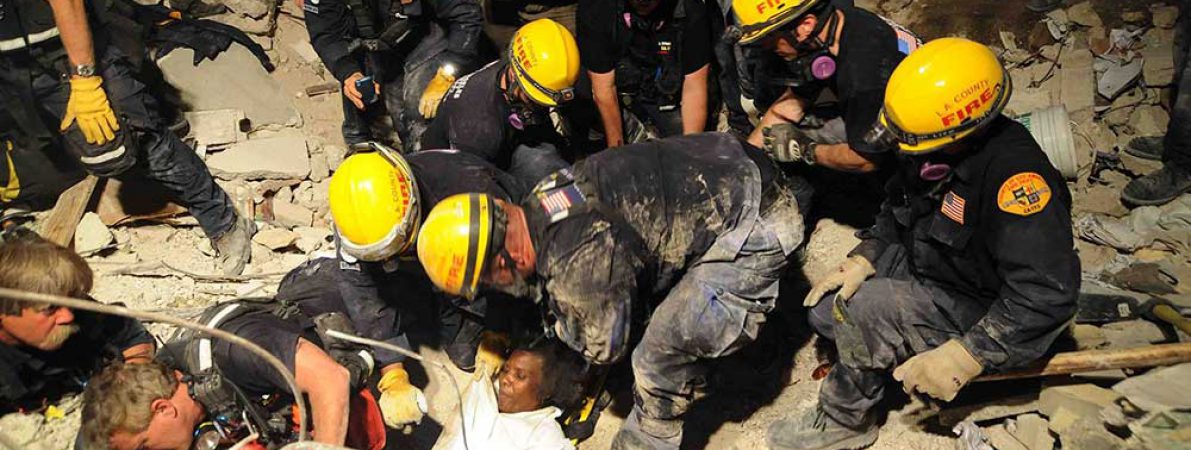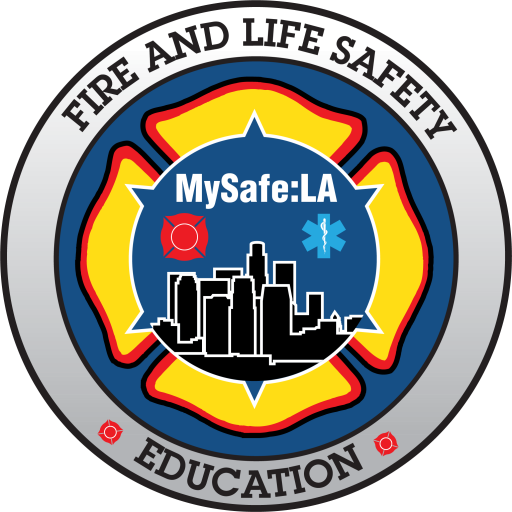Home » Earthquakes » 7 Steps To Earthquake Survival
In Los Angeles, earthquakes are here to stay. Because they don’t happen every week, or even every year (to the extent we can feel them), we often forget what to do. These 7 Steps to Earthquake Survival will help you survive the next major earthquake.
As you may know, in the state of California, earthquakes are inevitable. However, dearth and destruction following a quake are not. We encourage you to follow our 7 step guide to earthquake survival below to ensure your safety.


Preparing for the next damaging earthquake can help you and your family to survive and recover. By following them, you can not only avoid costly damage to your home, but you can keep your family safe from injury.
You should follow these steps not only at home but in school and your workplace.
Creating an earthquake escape plan is very much like creating a family escape plan for any emergency. Learn more about escape plans below.
Preparing a survival kit will guarantee you have access to necessary items if you have to leave your home in a hurry, or if you have to shelter in place without electricity or running water for a period of time. Learn more about what to put in your kit below.
Other items to have on hand in an emergency like an earthquake include:
You can Learn more about this life saving technique by visiting Drop, Cover, and Hold On!
When it’s safe, continue to follow your emergency plan. That’s why you thoughtfully prepared such a detailed plan. It’s there to provide peace of mind and necessary items to make your recovery from the earthquake as painless and worry-free as possible.
We have a library of interesting and helpful videos to aid in becoming more knowledgable about earthquake safety. Also, a list of resources to aid in a safe and speedy recovery.
MySafe:LA was honored to join LAFD Fire Chief Kristen Crowley, and Council District 11’s Traci Park, in recognizing the Brentwood Homeowner’s Association
Community Risk Reduction (CRR) is a fairly new concept in disaster resilience and is a process that starts with analysis,
The issues related to obtaining wildfire insurance in southern California are not improving, despite actions taken by Governor Newsom and the State Department
Stay up-to-date with MySafe:LA activities!
©2008 - 2024 The Safe Community Project , all rights reserved, except where noted The Safe Community Project is a U.S. 501(c)(3) public benefit charity organization, EIN 27-0967511. MySafe:LA is a unit operating within the Safe Community Project charity umbrella.

